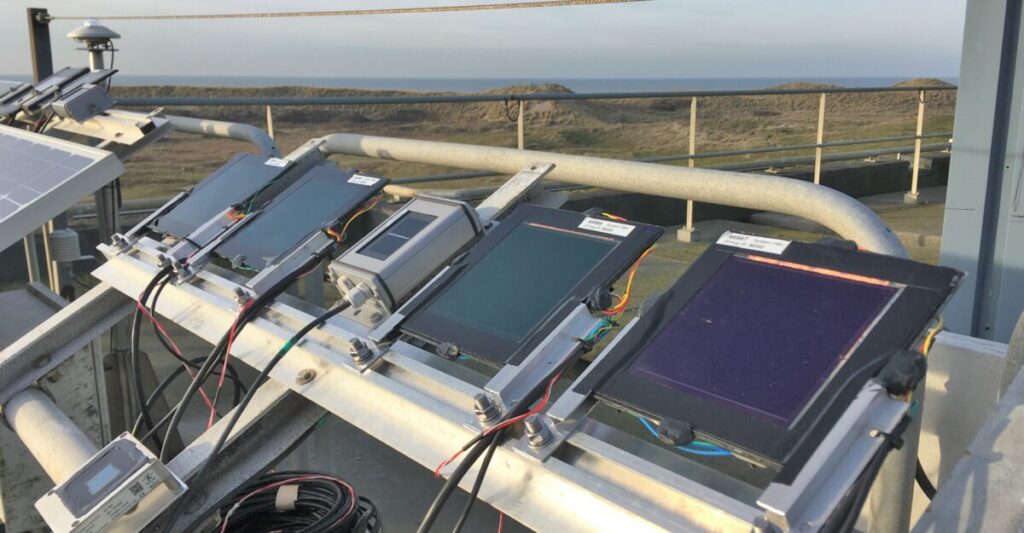https://solarquarter.com/2023/03/09/solar-farms-combined-with-agriculture-could-help-meet-global-food-energy-demands-study/
Solar Farms Combined with Agriculture Could Help Meet Global Food-Energy Demands: Study
Reading Time: 1 minutes
A new study by researchers at Cornell University has shown that co-locating commercial agriculture and solar panels on the same land can increase food production while improving solar panel performance and longevity.
The researchers used a computational fluid dynamics-based microclimate model and solar panel temperature data to evaluate the benefits of agrivoltaic systems, which can provide increased passive cooling through taller panel heights, more reflective ground cover and higher evapotranspiration rates compared to traditional solar farms.
The study found that solar panels mounted over vegetation reveal surface temperature drops compared to those arrays built over bare ground. This cooling effect leads to an improved solar panel lifespan and conversion efficiency.
In New York, for example, about 40% of utility-scale solar farm capacity has been developed on agricultural lands, while about 84% of land deemed suitable for utility-scale solar development is agricultural.
The study suggests that agrivoltaic systems can potentially help resolve future global food-energy problems, especially in hot and arid climate zones.
With global food demands expected to increase by 50% by 2050, and the need to accelerate the deployment of renewable energy to mitigate the impact of climate change, co-locating solar panels and commercial agriculture could be a mutually beneficial solution.








